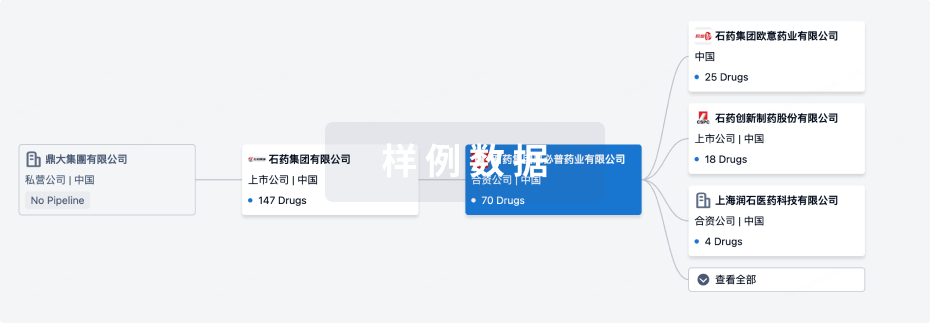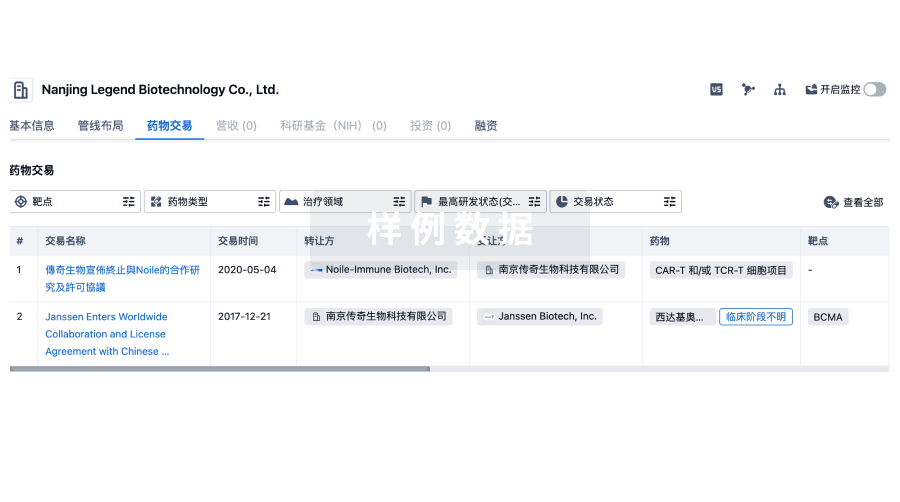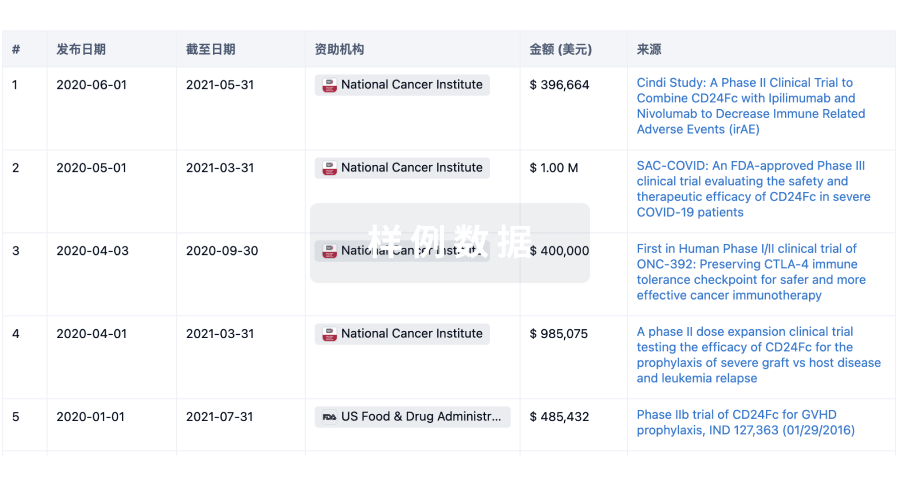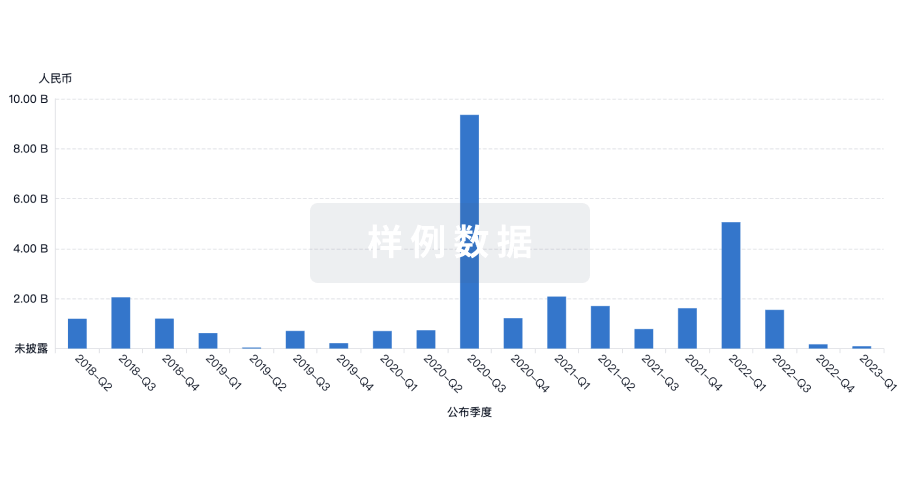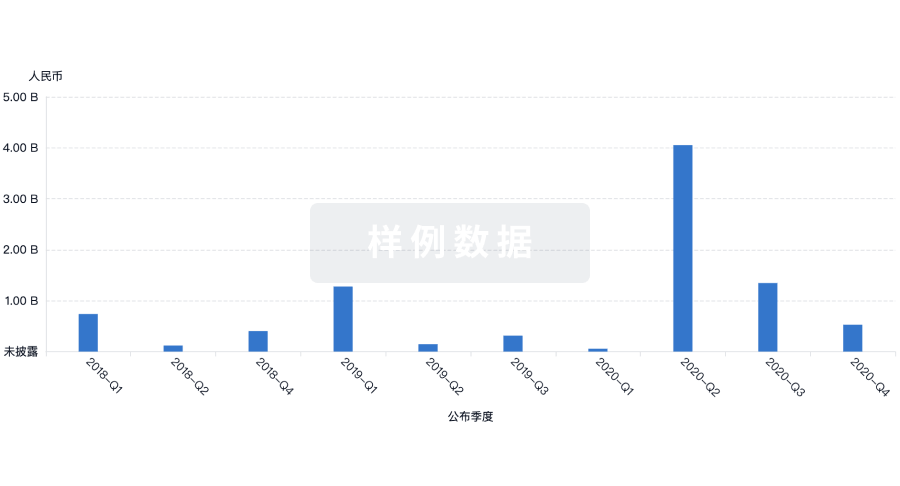Open fracture-related infection challenges persist in healthcare. From the time open fractures were defined ∼50 years ago, infection rates have gone essentially unchanged. Contributing factors include compromised vasculature, biofilm, and stalled innovations in treatment and prophylaxis. In this study, we engineered and tested the efficacy of a refillable drug delivery device, the Purgo Pouch (Pouch), that sustains local, high dose intrawound antibiotic concentrations in wound sites. We hypothesized that it would manage biofilm-compromised open fracture-related infection better than clinical standards of care. Therapies were tested in a unique sheep model of long bone open fracture-related infection with compromised tissue and biofilm inocula of methicillin-resistant Staphylococcus aureus. Sheep (n = 5/group) were treated with IV vancomycin (10 days), gentamicin-loaded CaSO4 beads (single application), or the Pouch (10 days) loaded with gentamicin alone or a triple antibiotic combination. At 21 days, sheep were euthanized and microbiological and histological data collected. Results indicated that the Pouch managed infection more effectively, reducing bioburden to <105 colony forming units (CFU)/sample, which was statistically significant compared to clinical standards, which failed to reduce bioburden to below 105 CFU. The hypothesis was supported. The Pouch received Breakthrough Device Designation by the FDA, is being transitioned toward clinical trials, and is a potential solution to the long-standing problem of open fracture-related infection.

